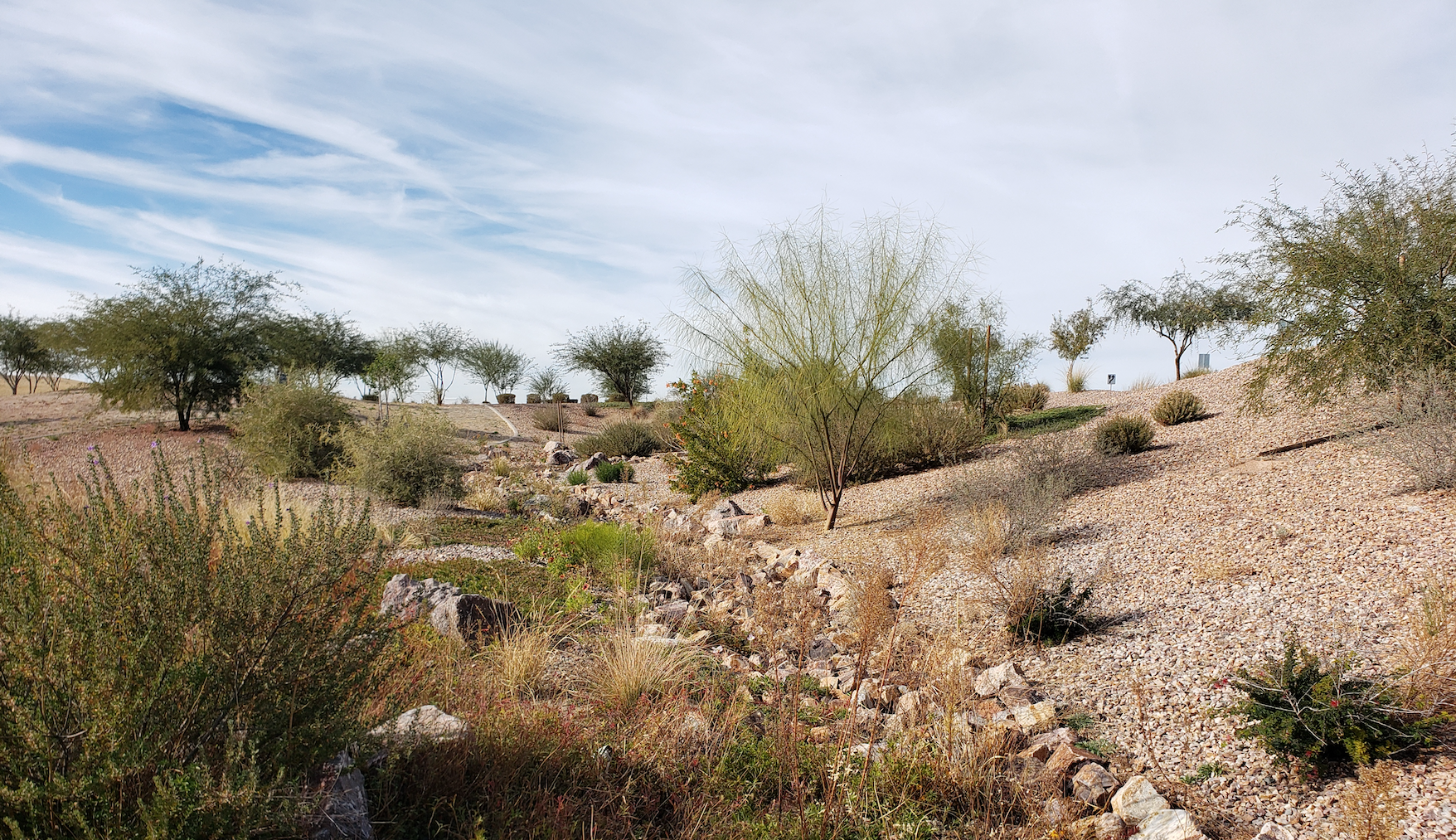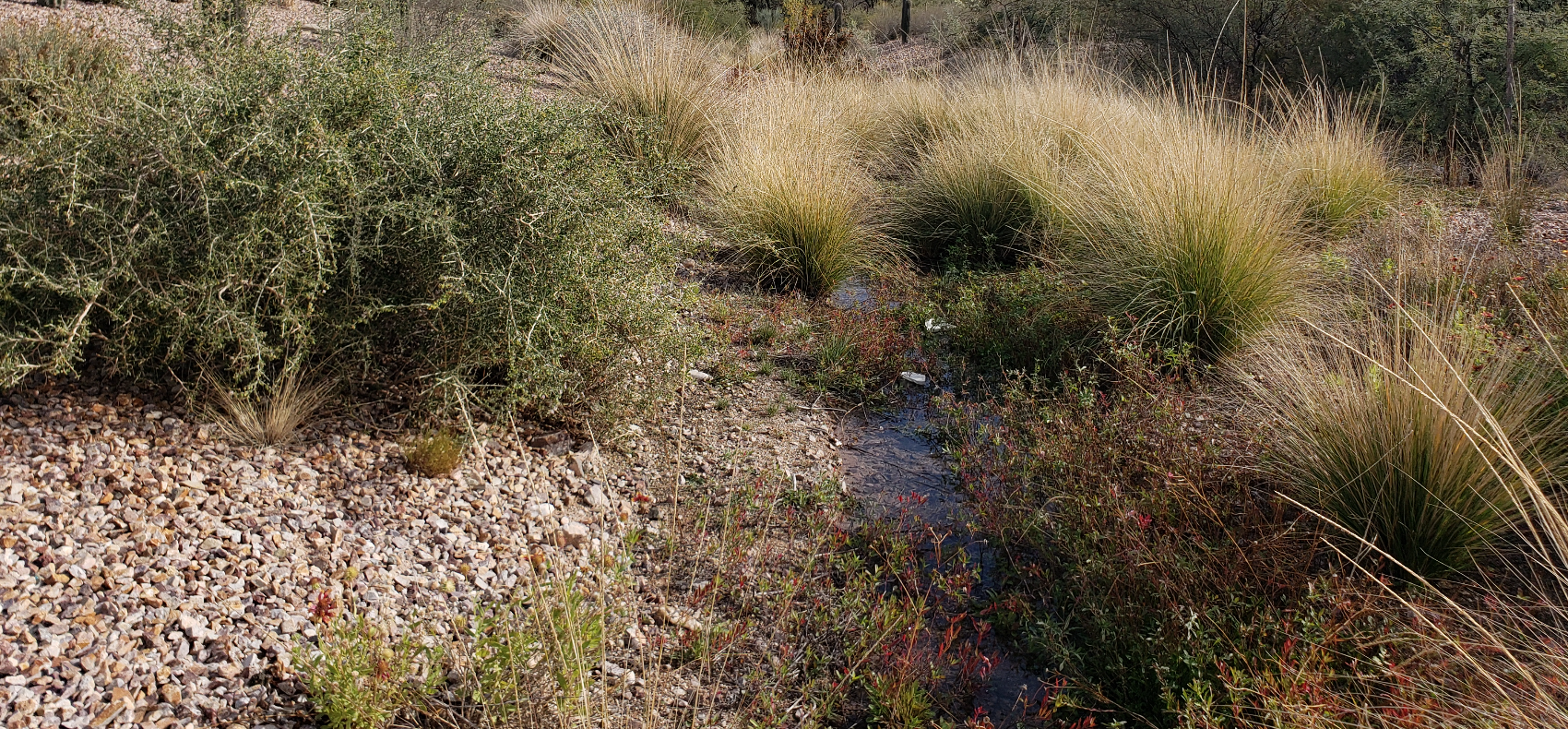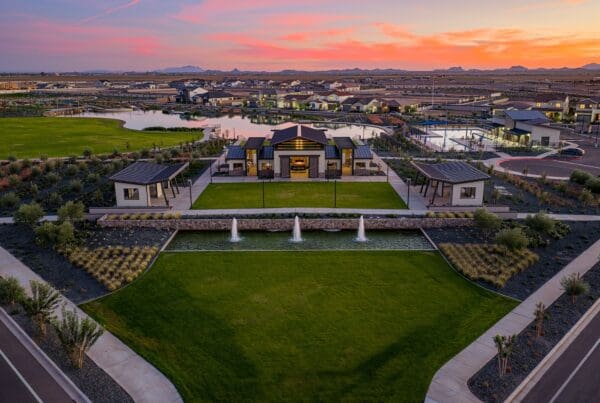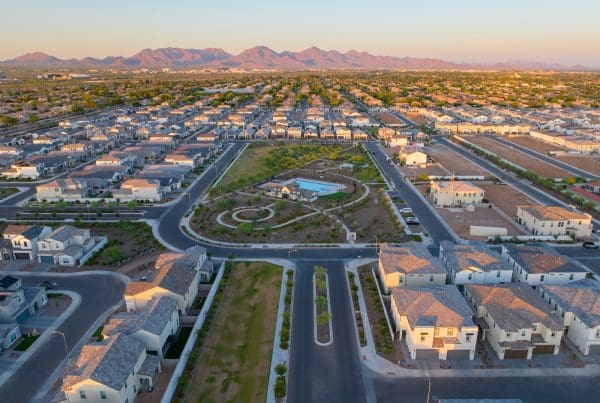
Q & A How To Create Sustainable Design with Mark Panza (Senior Project Manager with ABLA)
Q: What is sustainable design?
Sustainable design is an approach to planning and developing the built and natural environment while remaining conscious of the economic well-being, social equity and environmental impacts of a specific strategy. The historical, cultural, ecological, and sociological attributes of a specific location all have an impact in determining the most sustainable way to approach a project. When this is done successfully the outcome is a product which responds appropriately to its existing surroundings to provide a positive contribution to the community and the environment in which it resides with the ability to maintain its intended purpose for a long period of time without negatively impacting it’s surroundings.
Q: What’s the difference between a sustainable material and not?
Sustainable building materials (or green building materials) are considered those which have a low environmental impact in their production, implementation and long-term maintenance requirements. Non sustainable building materials can be considered those which rely heavily on non-renewable resources, generate a high level of pollution, have excessive maintenance requirements or generate a nuisance.
Q: What kind of materials are best for sustainability?
In general, sustainable building materials should be durable, reusable or recyclable, be made of recycled materials and have limited transportation requirements.
There are many sustainable benefits to utilizing materials which are sourced from or near a specific project area. The use of locally sourced building materials ensures limited transportation costs and energy usage while helping to support local economies.
To sum up: the best materials for sustainability are those sourced locally with minimal environmental impacts often made of recycled or recyclable materials. A few examples include:
• Rammed Earth
• Timber (renewable, can be locally sourced, certified so that sustainable production can be guaranteed).
• Building materials harvested from the demolition of an existing on site structure (recycled, locally sourced, little or no transportation requirements)
Q: How can a designer use “normal, daily” materials in usual ways?
This is commonly referred to as “Upcycling” and can include things like:
• Plastic shingles made from PVC gutters and downspouts salvaged from demolition sites.
• K-briq – looks like regular brick but is made from demolition waste and has proven insulation value.
• Shipping containers are now being used as temporary and semi-permanent structures in a variety of design implementations.
• Recycled laundry machine drums can be refinished and used to create an eye catching fire pit.
• Public art installations can be made from a variety re-used products and materials











